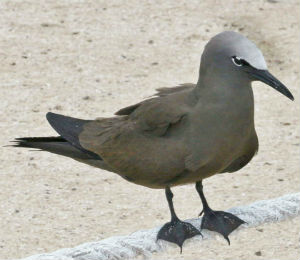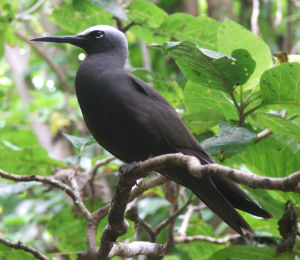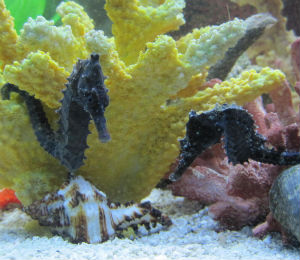Snorkeling in Key West is currently being compromised by the invasion of lionfish (Pterois). These fish are sometimes referred to as the turkeyfish or firefish. This fish is a native of the Indian Ocean, and has no predators in the tropical reef environment of the Caribbean. Scientists are not sure how the fish first appeared in Atlantic waters.
The lionfish is characterized by the spines that emanate from its body. The fish also has fleshy antennae that project from the top of its head. Venom glands are situated at the ends of some (but not all) of the spines. The fish can have all sorts of different coloration, but the lionfish infesting Key West have a zebra-striped red and white color scheme.
Because the species is venomous, the lionfish poses a significant danger to Key West divers. If you are somehow stung by a lionfish during a dive, this is considered a serious emergency by your instructor. Sometimes, the venom from a sting has fatal effects for humans. More generally, though, a sting usually causes localized throbbing, sharp pain at the wound site, and some blistering. More serious side effects include nausea, strong headaches, delirium, seizures, and temporary paralysis of limbs.
The lionfish is a vicious predator that feeds on shrimp, crabs, and a variety of small fish. The reason the fish’s appearance in Caribbean waters has had a devastating effect on the fragile ecosystem here, is that the fish has no predators in the Atlantic. The animal also reproduces at a very rapid rate. More specifically, lionfish produce 30,000 to 40,000 eggs every few days, and reach sexual maturity at one year. Predictably, then, without any predators and a rapid reproductive cycle, the lionfish’s population has grown exponentially in Key West since around 2000, when they were first seen in our waters.




